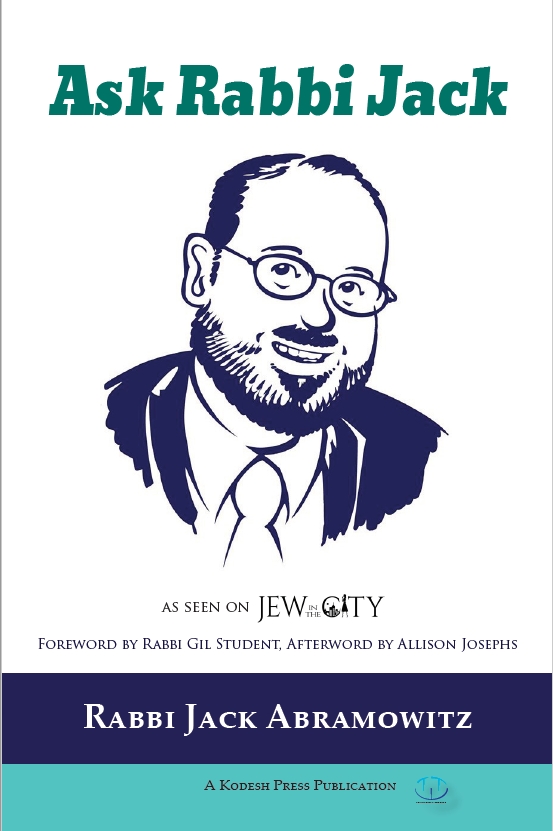How Does the Jewish Calendar Work?
Q. Please teach me about Jewish calendar vs. the Enoch calendar.*
A. Thanks for your question, which was forwarded to my attention. I can't speak to the Enoch calendar. While it derives from the so-called "Book of Enoch," that book is part of the Pseudopigraphia. It is not part of the Bible canon, it has no bearing on Jewish practice, and I don't know if anyone ever followed that calendar.
The Jewish calendar, however, is a living calendar. It's been in use for thousands of years and continues to be used today.
Most people would tell you that the Jewish calendar is a lunar calendar, but that's an oversimplification; it's actually lunisolar, meaning that it incorporates aspects of both the lunar and solar calendars. Months are based on the moon's revolutions around the Earth, with the result that they are about 29.5 days long. In practice, this means that a given month can be of a variable length of 29 or 30 days. (In modern times, some months are of fixed lengths, while others remain variable.) The lunar year is only 354 days long, so it periodically needs to be synched with the solar calendar. This is done by inserting a "leap month" in seven years of a nineteen-year cycle (specifically, in the third, sixth, eighth, eleventh, fourteenth, seventeenth and nineteenth years of the cycle).
There's a lot more to it - entire books have been written on the intricacies of the calendar - but those are the basics.
--------------------------
*For those who may be interested in more information, the so-called "Book of Enoch" was purported to be authored by the Biblical Chanoch, but it wasn't. ("Pseudopigraphia" literally means "falsely attributed.") The Enoch calendar was 364 days long. Without any leap days (like the secular calendar) or leap months (like the Jewish calendar), the Enoch calendar, if ever followed, would lose a month every 25 years.
Rabbi Jack's book Ask Rabbi Jack is available from Kodesh Press and on Amazon.com.

